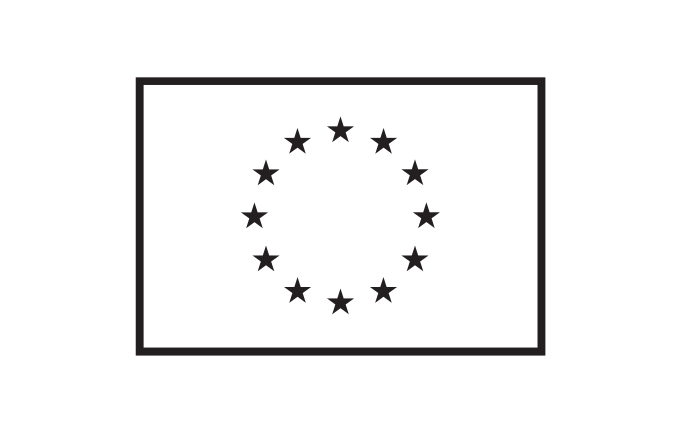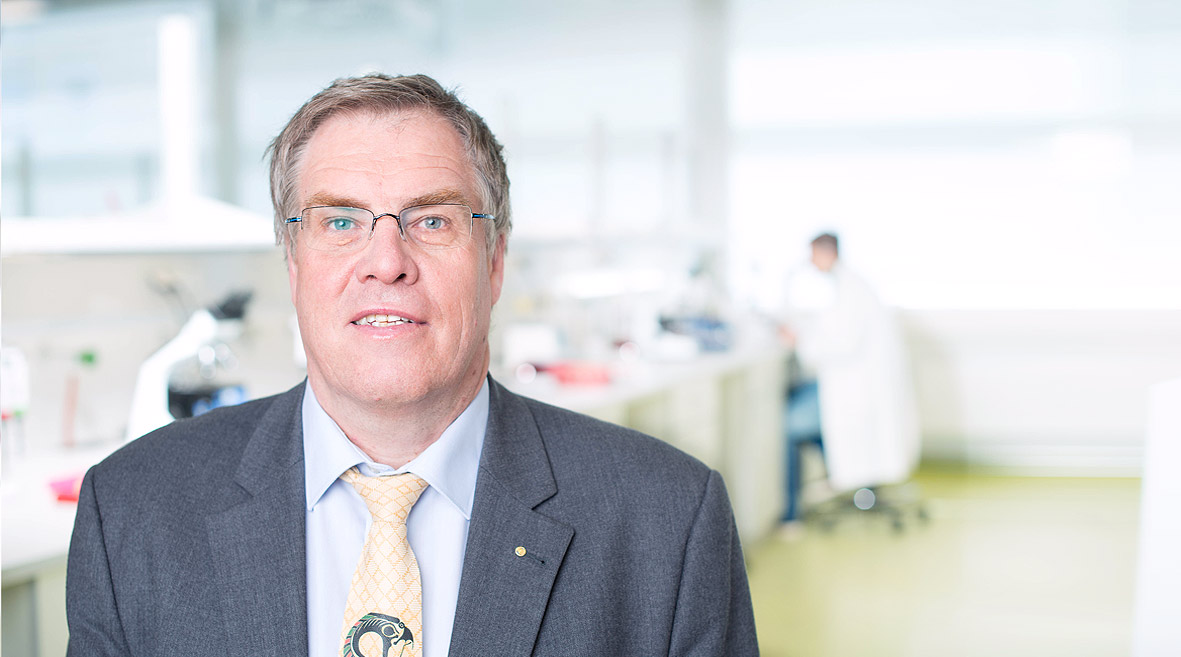Prof. MD PhD
Complement exerts several important functions, such as the attraction of immune cells (chemotaxis) and the direct (lysis) or indirect (opsonisation) destruction of the invader. However, complement has to be controlled to avoid unrestricted activation and damage of own cells. Würzner and international collaborators could show that C7, the central molecule of the so called terminal pathway of this system, is an important modulator of complement activation. Not surprisingly, most successful invaders also make use of these modulators or inhibitors by “hijacking” them for their own survival in the hostile environment of the host, resulting in a potent protection from complement attack on their cell surface. Here, factor H is the most frequently employed complement molecule.
As complement inhibitors protect own cells, mutations in these will markedly destroy both tissue and immune homeostasis, especially in the kidney. The then unrestricted activation leads to a severe renal disease, termed atypical haemolytic uraemic syndrome (HUS). A logical treatment – as mutations cannot easily be corrected - would be to remove the malfunctional molecules or to use inhibitors to down-regulate the activation: a humanised complement inhibitor, whose prototype was developed in Würzner’s lab in Göttingen, was able to ameliorate the clinical symptoms. The disease is termed “atypical”, because there is also a typical form, termed eHUS which is caused by enterohaemorrhagic E. coli (EHEC). As former head of the Austrian EHEC Reference Centre and complement expert it was logical to investigate the role of complement in the typical form as well.
Hofer J, Janecke AR, Zimmerhackl LB, Riedl M, Rosales A, Giner T, Cortina G, Haindl CJ, Petzelberger B, Pawlik M, Jeller V, Vester U, Gadner B, van Husen M, Moritz ML, Würzner R, Jungraithmayr T; German-Austrian HUS Study Group. Complement factor H-related protein 1 deficiency and factor H antibodies in pediatric patients with atypical hemolytic uremic syndrome. Clin J Am Soc Nephrol 8(3):407-15 (2013).
Rosales A, Hofer J, Zimmerhackl LB, Jungraithmayr TC, Riedl M, Giner T, Strasak A, Orth-Höller D, Würzner R, Karch H. Need for long-term follow-up in EHEC-associated hemolytic uremic syndrome due to late emerging sequelae. Clin Infect Dis 54:1413-1421 (2012).
Lesiak-Markowicz I, Vogl G, Schwarzmuller T, Speth C, Lass-Florl C, Dierich MP, Kuchler K, Würzner R. Candida albicans Hgt1p, a Multifunctional Evasion Molecule: Complement Inhibitor, CR3 Analogue, and Human Immunodeficiency Virus-Binding Molecule. J Infect Dis 204:802-809 (2011).
Zimmerhackl LB, Hofer J, Cortina G, Mark W, Würzner R, Jungraithmayr TC, Khursigara G, Kliche KO, Radauer W. Prophylactic eculizumab after renal transplantation in atypical hemolytic-uremic syndrome. N Engl J Med 362:1746-1748 (2010).
Bossi F, Rizzi L, Bulla R, Debeus A, Tripodo C, Picotti P, Betto E, Macor P, Pucillo C, Würzner R, Tedesco F. C7 is expressed on endothelial cells as a trap for the assembling terminal complement complex and may exert anti-inflammatory function. Blood 113:3640-3648 (2009).
Orth D, Khan AB, Naim A, Grif K, Brockmeyer J, Karch H, Joannidis M, Clark SJ, Day AJ, Fidanzi S, Stoiber H, Dierich MP, Zimmerhackl LB, Würzner R. Shiga toxin activates complement and binds factor H: evidence for an active role of complement in hemolytic uremic syndrome. J Immunol 182:6394-6400 (2009).
PROGRAMME SPEAKER
Reinhard Würzner, M.D., Ph.D.
Schöpfstraße 41
A-6020 Innsbruck
Imprint
This project has received funding from the European Union's Horizon 2020 research and innovation programme under grant agreement No 860044





